As the demand within the aesthetic space continues to increase, we are seeing more and more businesses grow and expand their service offerings to stay competitive within the industry.
If you are considering introducing a new product or treatment within your clinic, follow our step-by-step guide to ensure you are prepared on how to make the most of your product launch. Plus, learn how to maintain promotion after the initial release for continued interest and growth for your new service line.
Video Transcription:
So over the last 20 years, I’ve noticed that there are two times in the year where our clients tend to launch a new product or service—right after tradeshow season and as we approach the end of the calendar year. Since we’re getting close to New Years I thought this was a perfect time to go back and revisit something we’ve talked about in the past but not for quite a while which is about launching, or releasing, or in some cases, re-releasing a product or service to get maximum attention and demand from your existing patient audience and new patients in the communities that you serve.
So we all get it, the demand, the drive to introduce something new, it’s compelling, it is an incredible opportunity for growth in a market that is already set to grow pretty phenomenally as we look ahead towards 2028. The forecast is looking at compounding annual growth rates that are approaching 10% in the medical spa space for example.
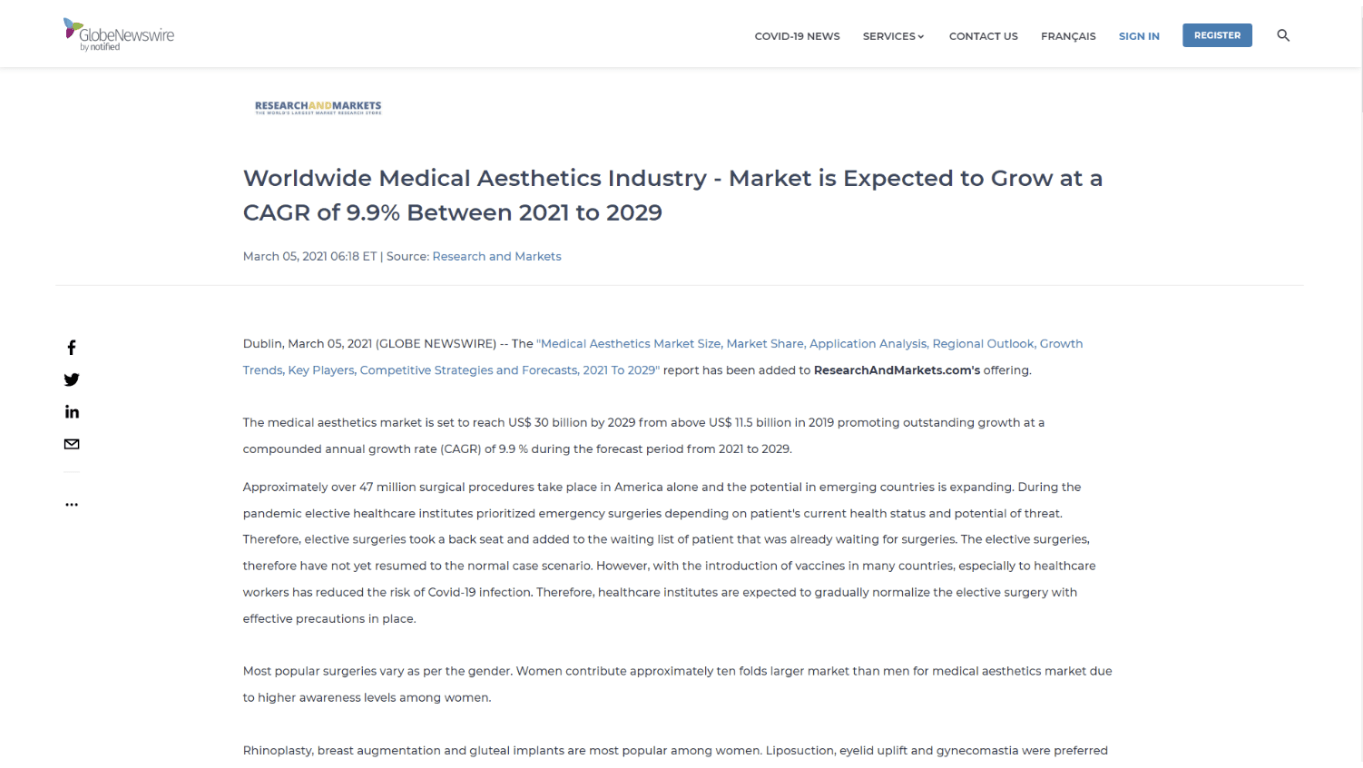
So it’s easy to understand the compulsion to introduce something new. Whether you’re personally excited about it or you’re talking to a sales representative who’s promising they’re going to drop the perfect gift into your hand, you have got to recognize that well, sometimes those gifts aren’t the amazing surprises you’re hoping for, and in fact, they can kind of be a bit of a monster.
How many of you right now, if you were to look around your office have a device or a piece of technology that’s just capturing dust in the corner? Well, it’s because we have to acknowledge one fundamental truth—there is no aesthetic service that sells itself. We’ve got to go out and we’ve got to do the work to educate our patients, and potential patients, and drive and cultivate demand.
There are three things, and this is really meant to function as a checklist so in the future you can kind of forward through the video really quickly, jump to those lists, or reference the blog post that accompanies the video to help you build the plan to launch that new service or that new product.
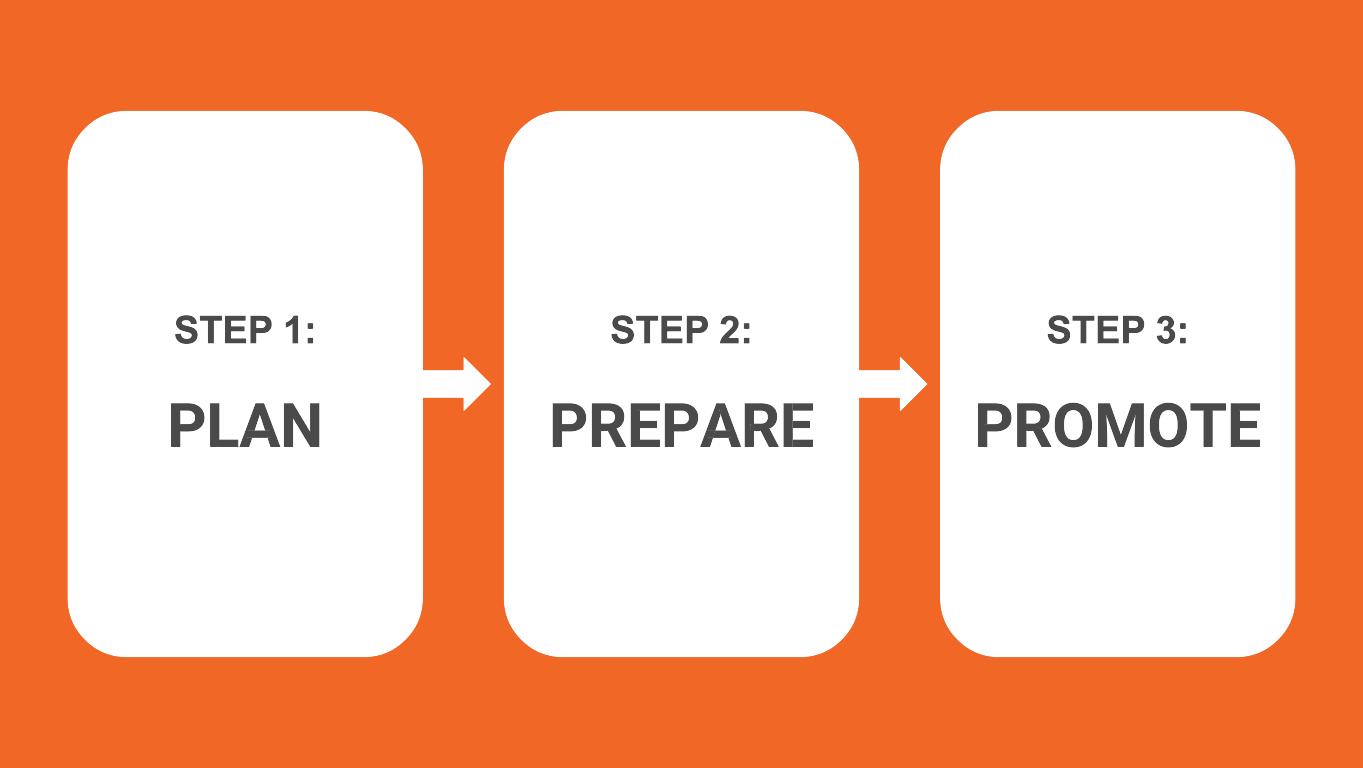
Step one is really all about planning, we’ve got to do the preparation, lay the foundation to have a really big successful launch and promotional event. So let’s talk first about that planning phase and it starts off by understanding how patients are thinking about the underlying concern that your new service is going to treat. What are the questions that they ask and what keywords do they search with?
Now there are some great tools out there to help you sort of do it on your own if you don’t have an agency like Etna there to help you out. I still love RealSelf as a great place to start to understand the kinds of questions that people are answering, but perhaps more importantly, the ‘Worth It’ rating that they offer on their website.
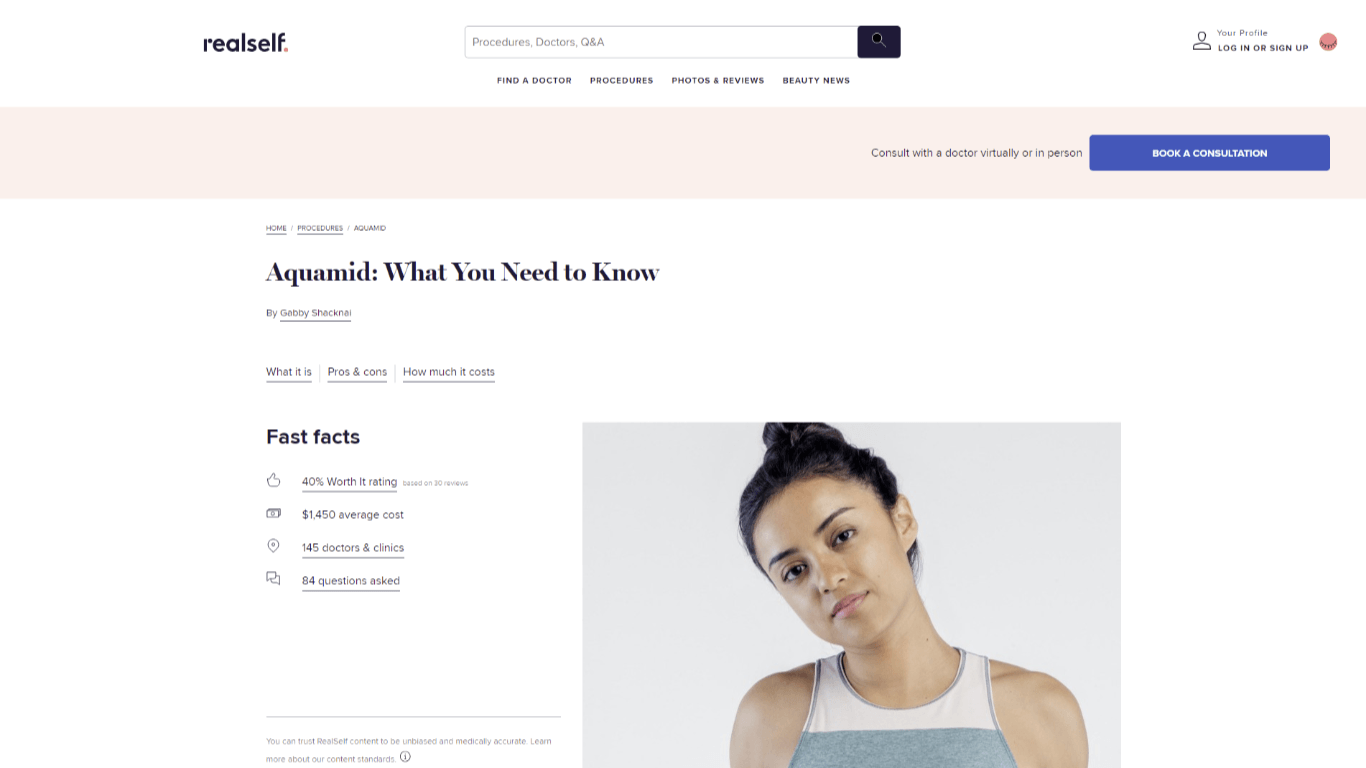
Right, we can see the compare and the contrast between something like an Aquamid that has a 40% Worth It rating and DiamondGlow which is scoring at a 100%. Right, there’s a pretty clear indication from at least one community of potential patients how it’s being received in the market.
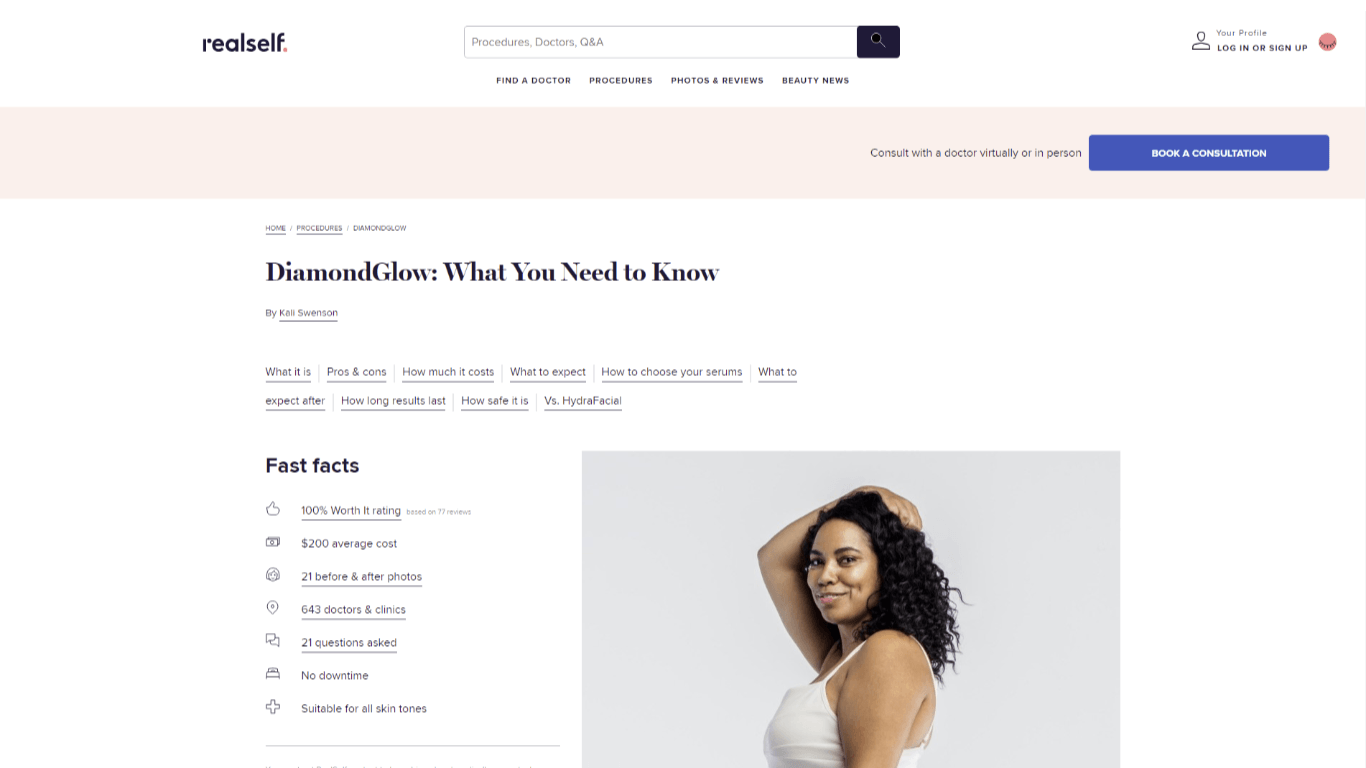
Similarly, we can look at something like answerthepublic.com, it’s a great tool where you can enter in a word or a phrase and then see the themes, the questions that people are publishing about that particular, in this case, piece of technology or theme so that it can inspire both your understanding of the marketplace and the content marketing that you’ll eventually do.

If you want to go super low tech you can just go to Google right, in this example here I’m dropping in DiamondGlow and I can see the kinds of things that Google suggests, it’s actually the name of the feature inside of Google, that are indicative of how others are searching for your particular keyword phrase.

So a great question, here’s like a moment where we’re going to have a chance to reflect on what we think we know about the aesthetic space. How much more often is “microdermabrasion” searched compared to “DiamondGlow” one word. Well in an average month is it 10 times more, is it 100 times more, or infinitely more?
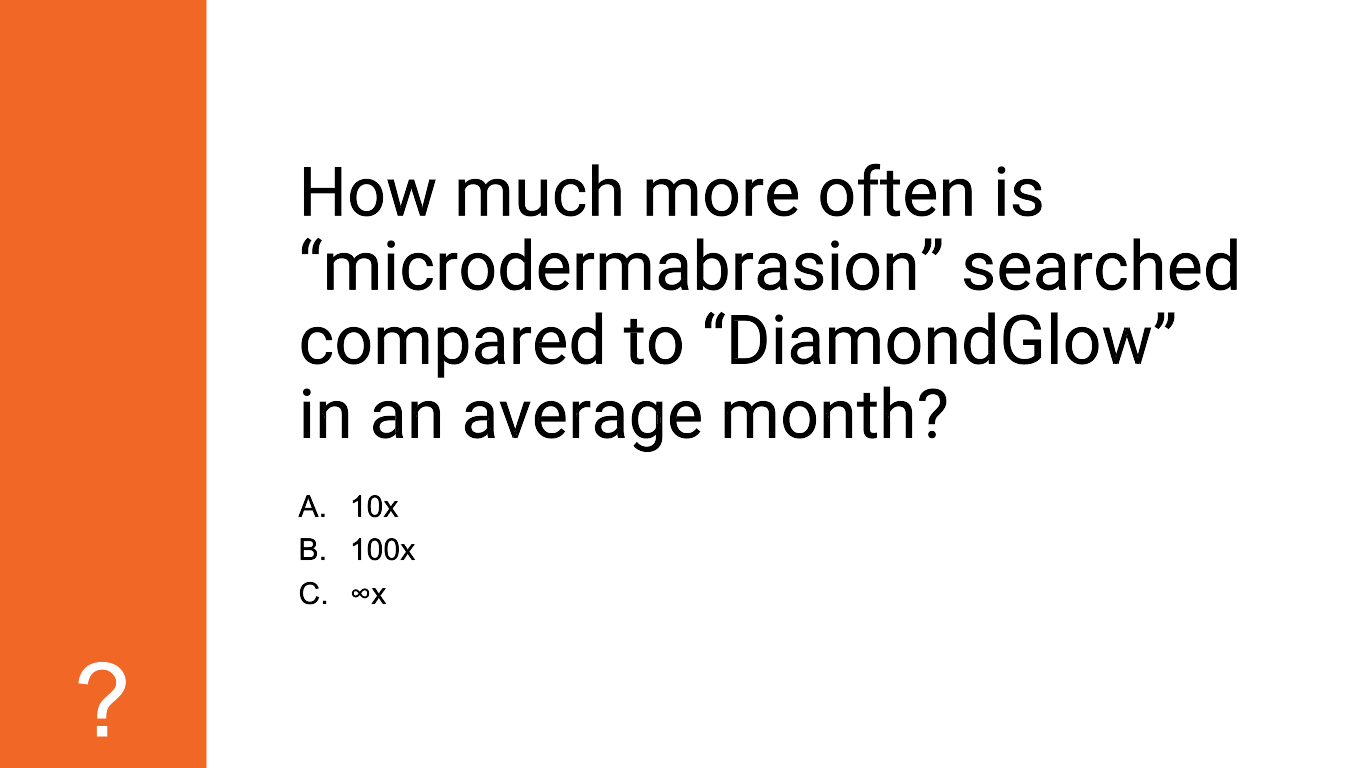
Well, if your answer was infinitely more, you’re correct. So when we step back and we look at what’s happening with something like DiamondGlow which is a new technology, it’s a brand new brand name that hasn’t had a chance to really make its way into the popular vernacular, what we find is that people are still searching for the old category of service. I think the average is about 135,000 times per month on average on a national level when compared with DiamondGlow which is still new enough that it’s actually not really registering, and in fact, another great tool that you might consider to help you understand what’s happening in the marketplace is Google Trends and you can find that at trends.google.com.
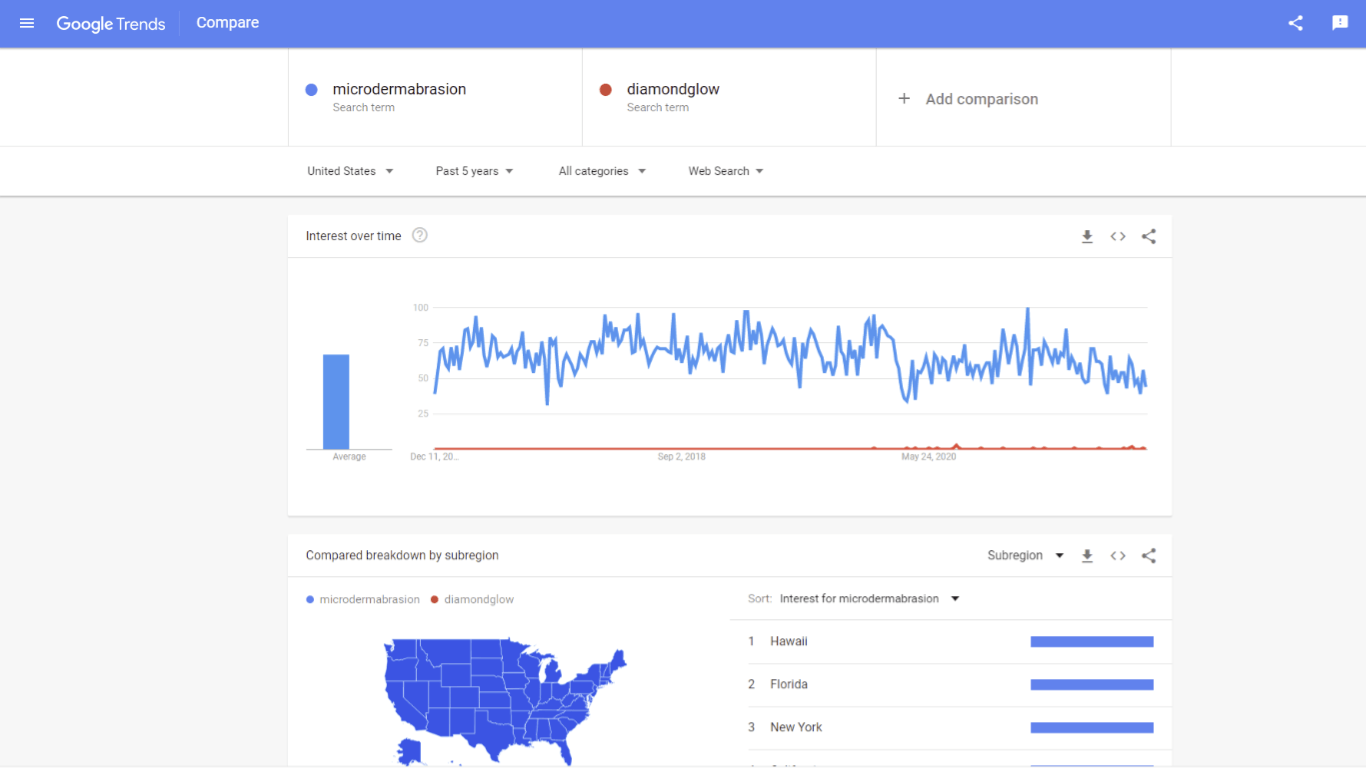
Here I’ve dropped in microdermabrasion, that’s that blue line that you can see either on the screen or in the blog post, and then DiamondGlow, we’re just seeing the beginning of blips of consumer awareness for that brand so as we bring something like that to market we will be smart to recognize that we need to position it and explain it as being an alternative, an enhancement to traditional microdermabrasion treatments, so we can meet consumers where and how they’re searching today and offer them those new solutions.
So just a quick tip here, when you’re researching keywords, again if you’re doing it on your own or you don’t have the help of an agency like Etna, take some time to research not just the brand itself but also competing brands or competing existing procedures like the example we just talked about with DiamondGlow and microdermabrasion.
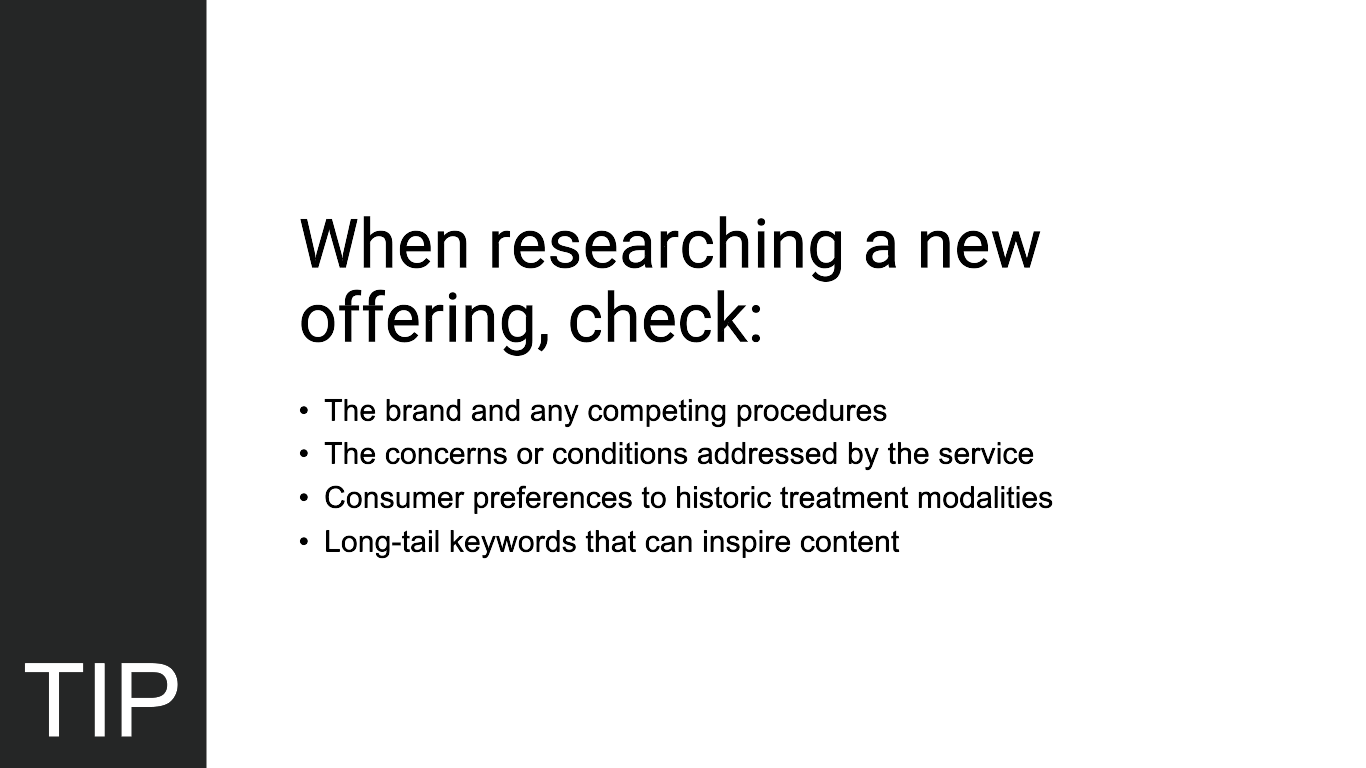
Search for the concerns, the conditions that you’re going to be addressing with that particular service so you get a sense of how big, and in what ways consumers search around the disease states or things that they’re being bothered by and how that’s influencing their search.
Look specifically at consumer preferences for historic treatment names like the microdermabrasion example I shared. Right, what did it used to be called, what were previously popular brands so we might piggyback on some of those keywords or sentiments when we’re drafting or creating some of our own promotional copy, and then look at what are called longtail keywords. Keyword research tools will tell us complex phrases that are routinely used. Often these include things like how much does it cost, how does it, or does it work, how long does it take to recover, and things like before-and-after photography. It will give you some clear indications on where you need to be tailoring your content. That’s only step one in our planning phase.
Past that we need to figure out what assets are available to us. So contact the seller, the supplier, the manufacturer and find out what resources, usually it’s before-and-after photography, logos, product shots, live treatment videos, mechanism of action videos, illustrations that you might use in your own promotion. Pro tip here is to connect your supplier with your agency partner that is doing your marketing, letting those two people work together closely so that those assets are used to maximum effect.
Third piece of the puzzle for preparation here, we want to talk a little bit about the money. Right, going back and having a conversation with from whom you’ve acquired this new technology and asking are there co-marketing dollars available. It’s not very common these days but they are still out there. Oftentimes it’s simply things like available free demonstrator treatments so you can introduce it to the market, but make sure you are asking about what is at your disposal for your launch and promotion.
Figure out how you’re going to position it, and the agency and the team that’s helping you whether it’s internal or external to promote this new service offering is going to need to understand are you using this product on label, are you using it off label, which aspects of treatment benefit are you actually going to be promoting because it’s not always easily understood by agencies outside of your office.
And then figure out who your influencers might be. Based on the category of service do you have any relationship with bloggers, with someone who has a really fantastic following on Instagram that you might partner with to introduce the service in your market? You’re going to need to start those conversations early because those negotiations can take a little bit to line up.
And then pull the research and identify through paid media modeling whether it makes sense to use pay-per-click advertising or social media advertising to get word out into the world.
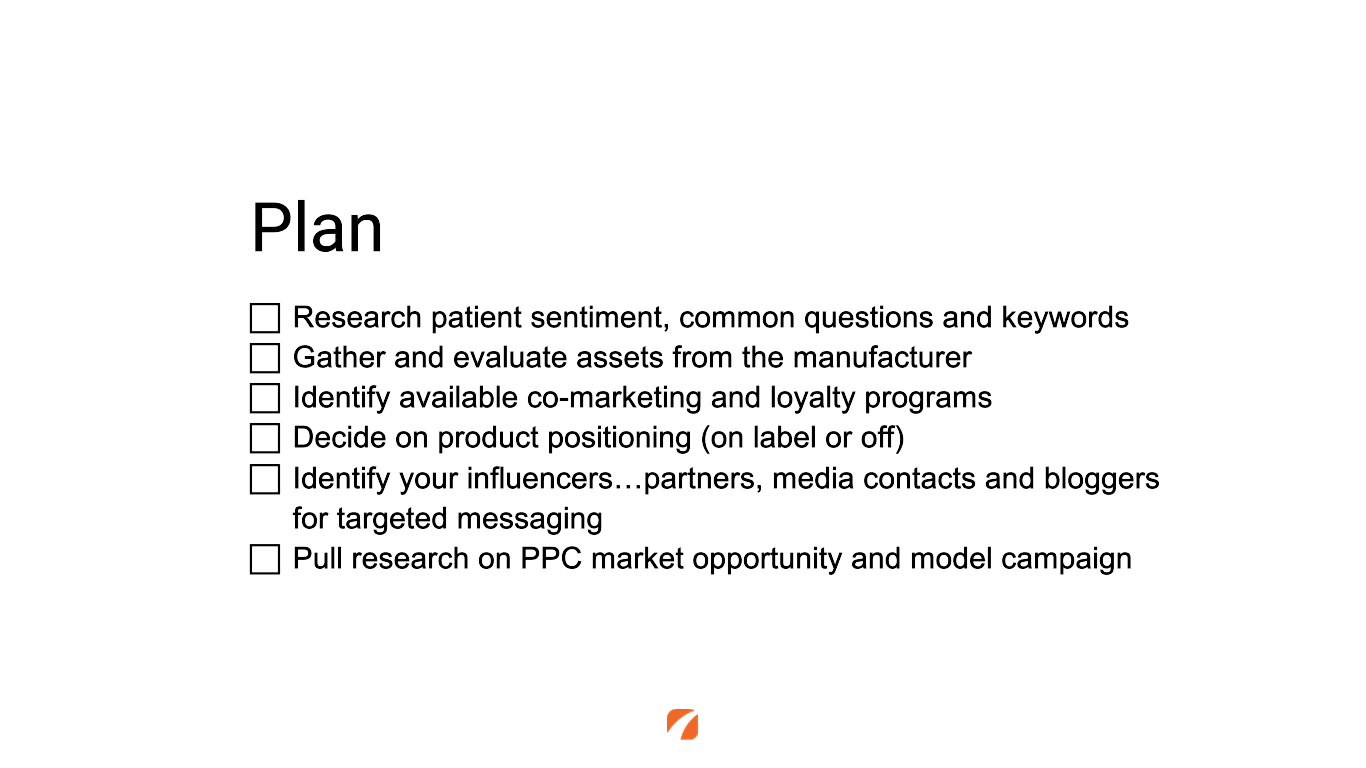
Now you know all this stuff. You know what you have to work with, you know how consumers are thinking about this service, and you’ve got some basic information in your hands that’s going to enable you to position it appropriately in the market so it’s time to do the preparatory work.
First thing we’ve got to do is we’ve got to get a nice rich, optimized page added to the website. That’s going to create the foundation both for conversion and for tracking patients in the first place through search engine optimization.
Using an example on this screen here from Destination Aesthetics with CoolTone. Right, we see there’s already a banner that’s popping up on the bottom of the page. We’ve got a rich page and today those pages need to be well, about 1,000 words in length to be supremely competitive as it relates to Google search.
Right, we’ve got before-and-after photography embedded on the page. We go a little bit deeper, talk about the mechanism of action, how it works, what to expect on the day of treatment, we’ve got calls to action throughout inspiring people to come in, we highlight related blog posts, and because they’re a multi-location medical spa we’re also talking about where the service can be secured. All of those things are designed to help us lay that foundation to get found for the service. But we need to go a little bit deeper across our site.
Typically we have to update things like services menus, the dropdown lists on our online forms where people can express what they’re interested in. We’ve got to make sure to populate our photo gallery, where it’s appropriate, in some cases you may not have photos available or some treatments may not lend themselves to before-and-after photography.
But the pro tip here is just to remember that the photos you get from the manufacturer are meant to be starters, and in most states, you’re required by law to declare that they are not your patients, that those are photos supplied by the manufacturer. So as quickly as you can, get your own photos and replace the manufacturer-supplied photos with your own before-and-afters.
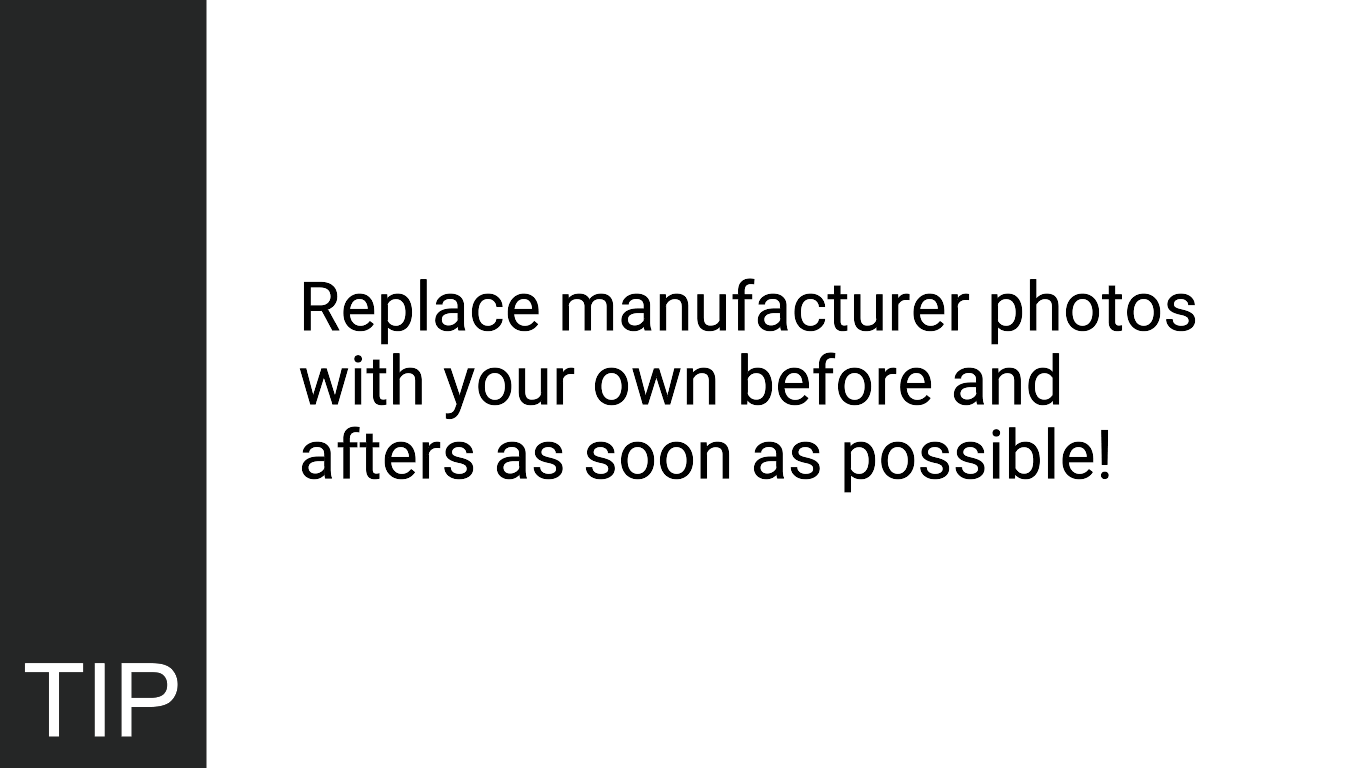
Now we want to make sure that we get some video content out there because video is incredibly valuable in terms of capturing consumer interest, supplying education, and keeping them for longer periods of time on your own site. Publish that to the page wherever possible and of course, you can use it in other places like your social media advertising. And of course, it belongs on your YouTube channel like you see there on the screen.
So, keep in mind that the way that you’re presenting isn’t just on your own site these days. Your list of services will exist on other sites as well so go after things like your Google business profile, make sure you’re updating your list of services to reflect your new offering.
Now, you want to make sure that you take advantage of other tools provided by the manufacturer like online websites where they list in a directory the providers that offer their service. So be sure that you exploit and maximize the information that you provide. Go beyond, if they’ll allow you, the basic name, address, phone number and include your website, logo information, and any additional data that you can get listed on those sites.
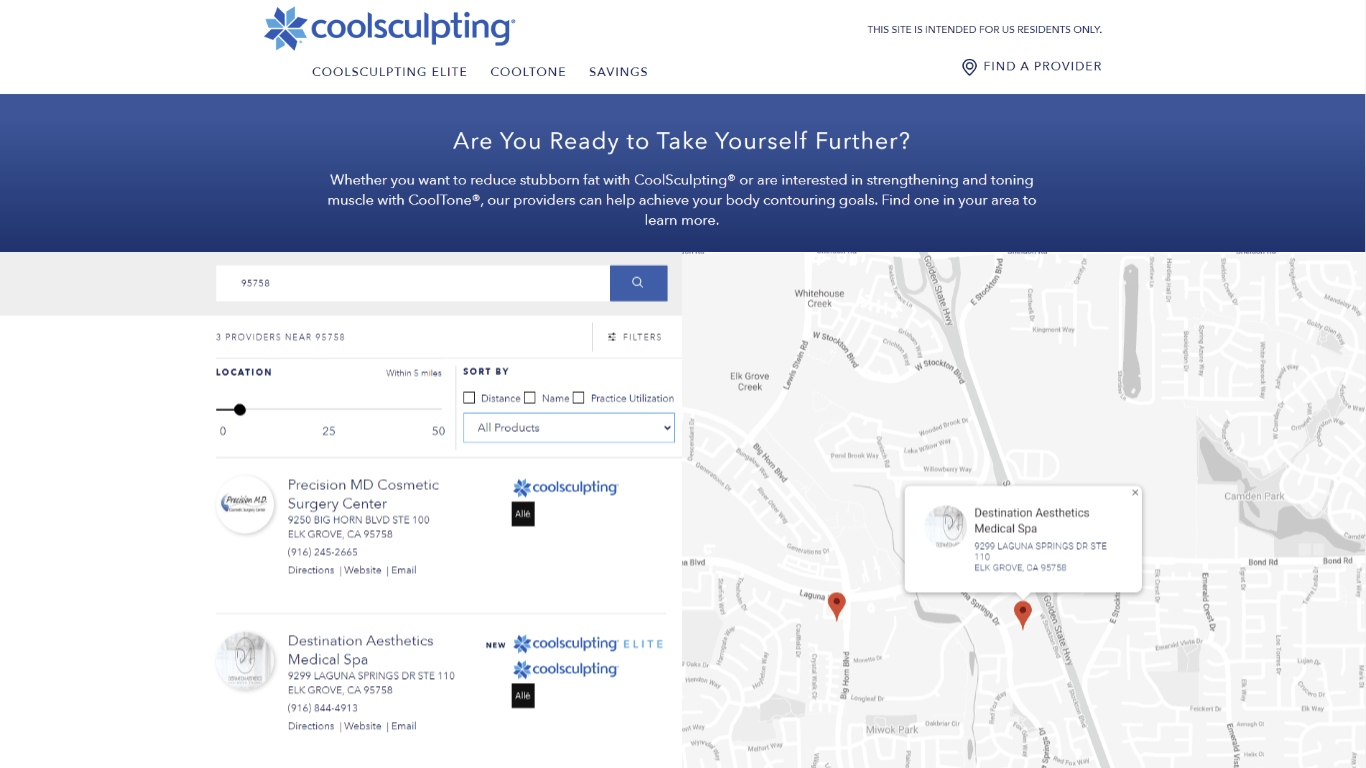
And of course, as we kind of reflect into the real world, that’s going to make your phone start ringing so be sure that you update your on-hold messaging, your point-of-sale displays in the office, just to make people aware that that service is there.
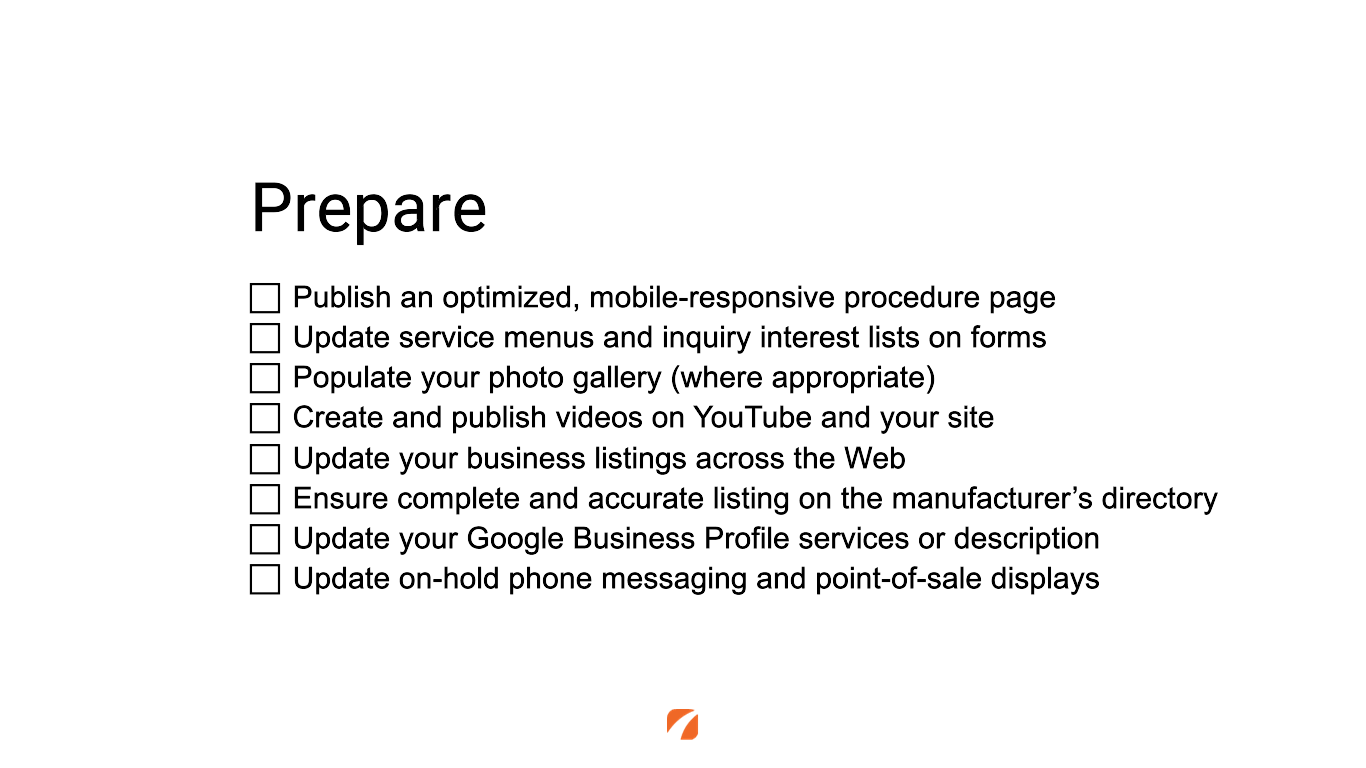
Now that’s just the preparatory step. Right, we’ve laid the foundation for our launch promotional phase, the final phase in what we need to do to release this new product. So first and foremost, we saw a great example there with Destination Aesthetics, a site-wide feature graphic that’s going to appear on every page of your site so that we can cross-promote no matter what the interest of the consumer is, we can cross-promote awareness making them, drawing their attention to that new page that’s been introduced.
We want to mine your database and take a moment to think, how can we send a personalized message to a group, as long as it’s not going to be offensive to them, about the availability of a new service with a really kind of personal introduction to the offering.
Beyond that, we need to announce and release the, kind of the fact that this new service is available. Highlighting its benefits, positioning it inside the clinic on social media, going live with stories, and of course, we’ve got to get an email out to everybody on your opt-in list.
It’s not a bad idea to distribute a press release and if you have targeted influencers or local media contacts, getting in touch with them and letting them know we’ve got this exciting new technology, why don’t you come over and we’ll demo it for you. We’ll give you some content either for your blog, for your Instagram feed, or for your local news story.
Now, for those that are still open to it, a lot of people have been soured slightly to the influencer marketing experience. But if you’re still open to it and you’ve got some great influencer relationships, this is the time to invite that person in for treatment. Again, be sure that you negotiate in advance how and to what degree they’re going to give you exposure in exchange for that treatment, and of course those treatments ethically need to be disclosed.
If you found that you’re paid advertising model works, this is the time to deploy your paid advertising strategy, and of course, as you’re treating patients you’re getting results. You need to capture and share those results. Things like live video content, stories on social media, capturing testimonials that you can publish to the website, encouraging them to share their reviews in the benefit of the practice are all things that are happening as we’re beginning to get those first results.
Right, great example here again from Destination Aesthetics continuing on that theme of showcasing their launch of CoolTone. Beautiful video content telling the story, they both posted to their typical newsfeed and they had stories active promoting the new service inside the clinic.
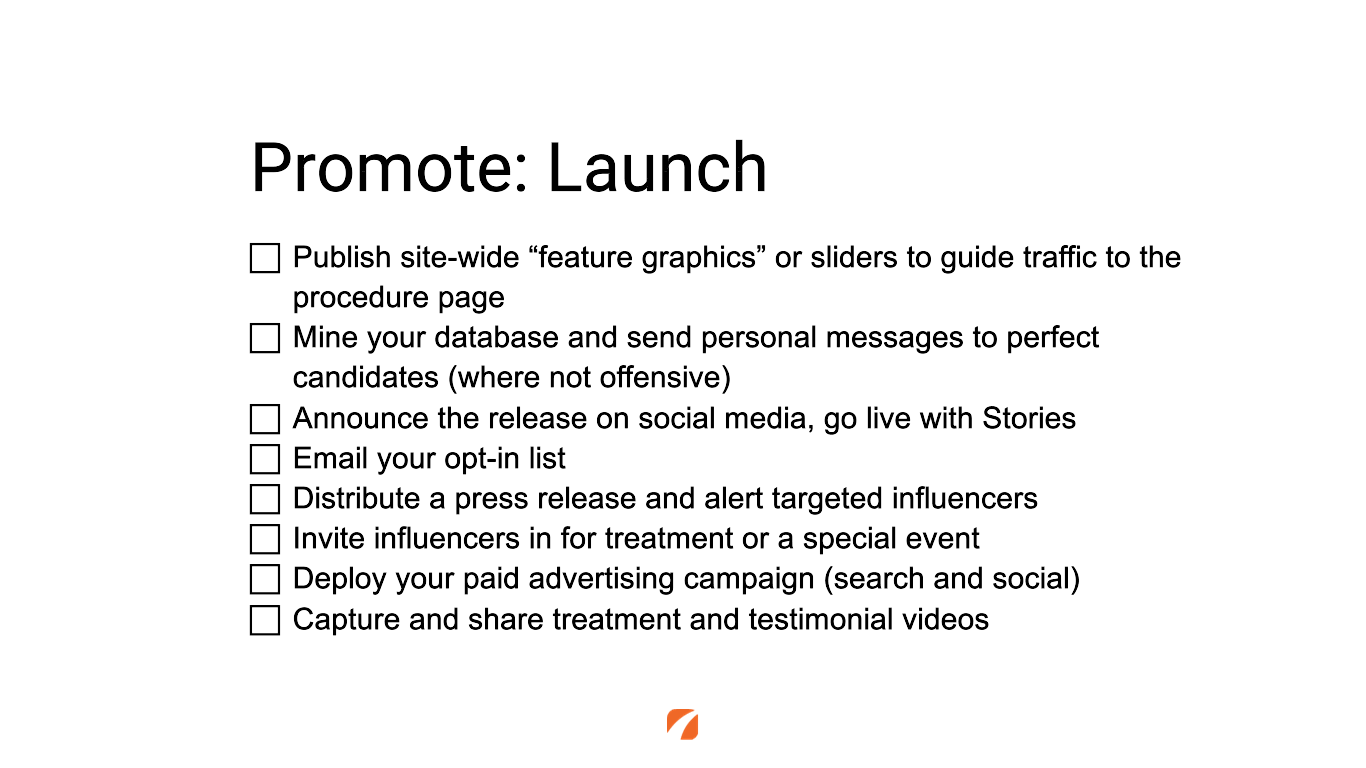
So what about post-launch? Right, we get a couple of days and a couple of weeks in, and well some tension can start to wane. Well, we don’t want to let it wane, we want to keep pressing in the weeks and months that follow the introduction of the new service.
So we want to make sure that we have an ongoing campaign to optimize for the target keywords that relate to all that research that we did in the first phase, that relate to the service that we’re offering and how patients think about it. In addition to that, we want to continue to use email and social media to drive awareness and to lift demand for that service line.
We want to tweak our PPC campaign, optimizing it to the best of our ability to bring down our cost per lead that’s serving that new service line, and we want to market with content. Right, because we’re treating people we’re actually getting our own content so we’re going to be publishing to YouTube, we’re going to be adding photos to our gallery, we’re going to be doing additional content that’s on patient stories, and testimonials pages. We’re going to be active on our Google Business Profile with posts. We’re going to have blog posts that are going out. All of that stuff is the content marketing that can follow the introduction of that new service line.
We definitely want reviews for the new service that mention it by name because that’s going to help us get found for that in Google Local Search. In addition to that, we want to survey the early adopters just to find out if we’re positioning it correctly, are we setting and managing expectations right, are we getting for patients the outcome that they would desire, so we can align our marketing a little bit better before we close out any campaigning and kind of put it in a normal steady state of broad promotion.
If ultimately that message needs to be refined, lean in, talk to your team or your agency partner to give them that direction. And of course, if you’re active on RealSelf getting out there and participating in Q&A once you’ve got the experience to be that expert.
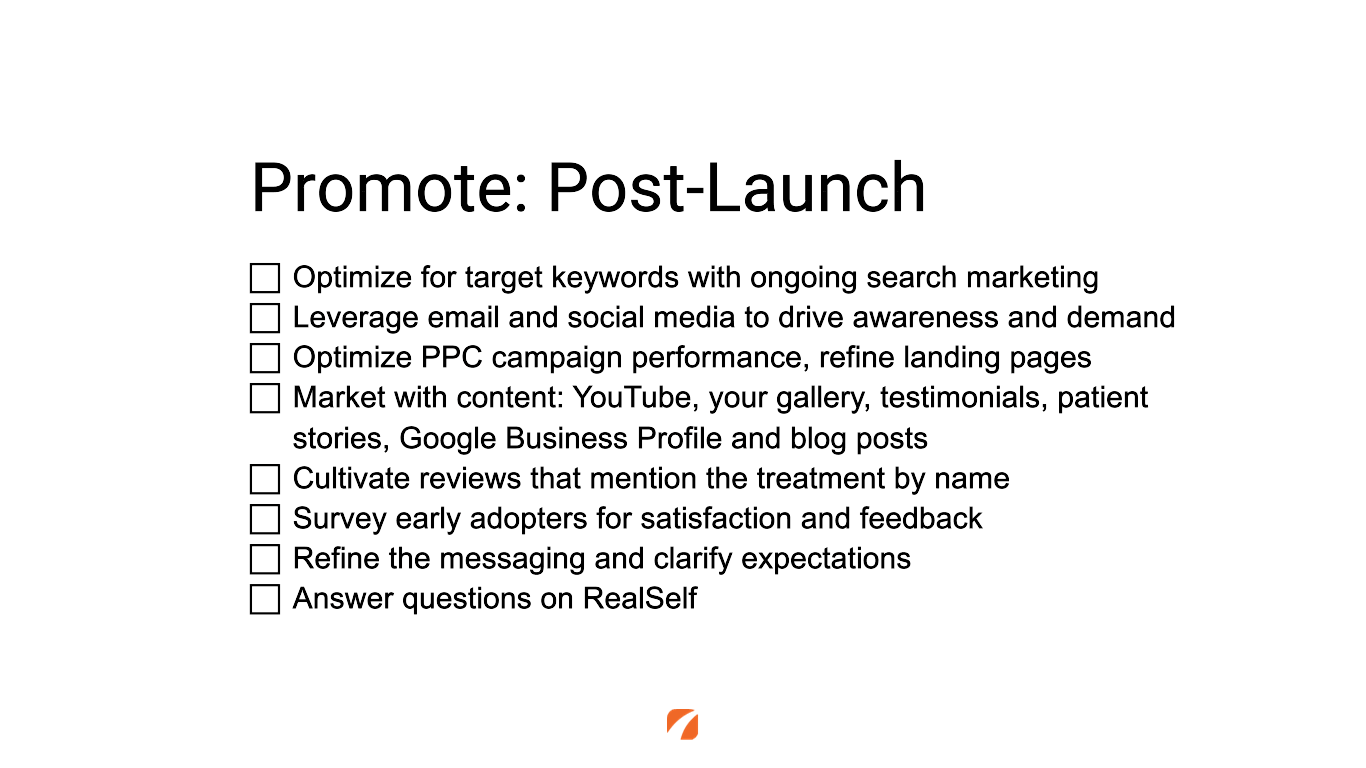
Of course, we don’t want to neglect traditional offline marketing but our focus today is really on that online product launch, that online service release so you can get the best possible exposure there.
The bottom line though is that that next sort of service launch, it’s really in your hands and it’s just 3 things that you need to add to beyond negotiating the lease or the purchase of that new device or piece of technology.
Number one it’s about building that plan, right, taking the time to assess and research to get yourself ready to launch the product into the market. The second thing is preparation, setting the stage for whether it’s a soft or a hard launch, to have adequate coverage on the major online media channels that you’re going to need once you move into the promotional phase and you’re actively pushing and sustaining promotional messaging following the introduction of that new service line.
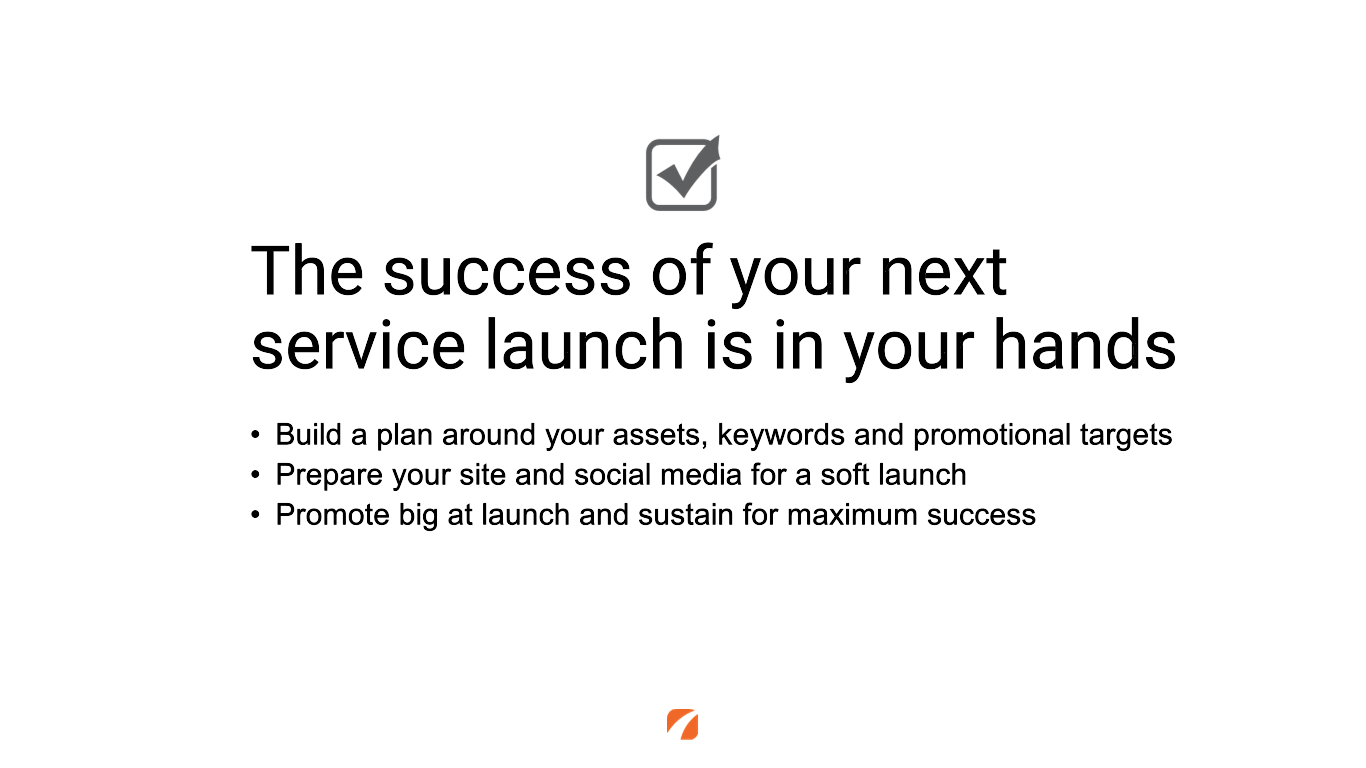
That’s it for you today, let’s stay in touch. You can subscribe to our newsletter or email us using the button below.
Contact Us

Leave a Comment